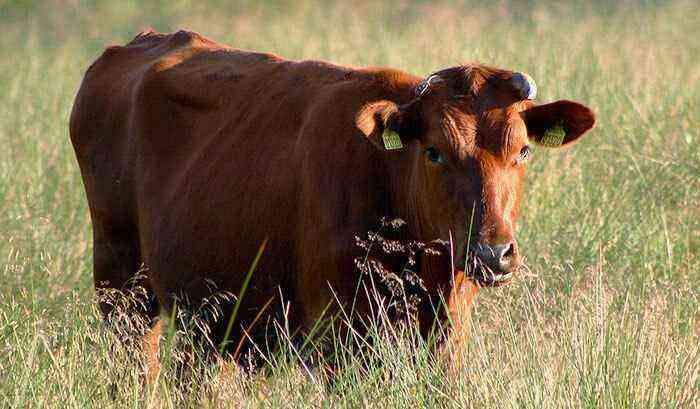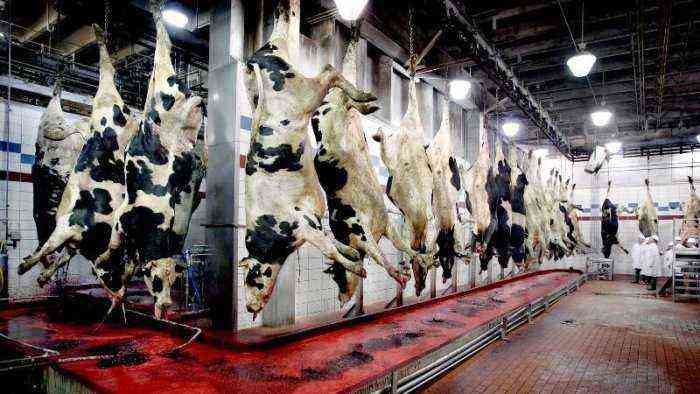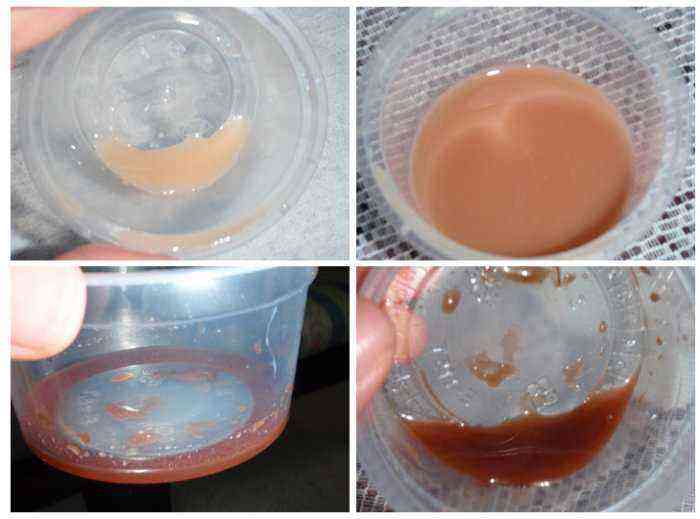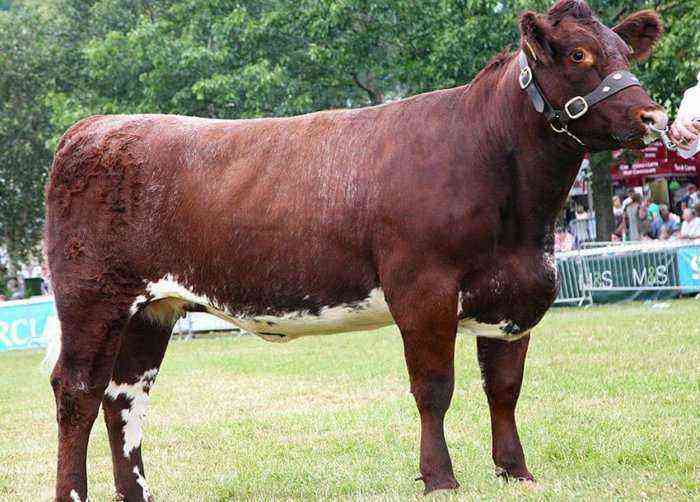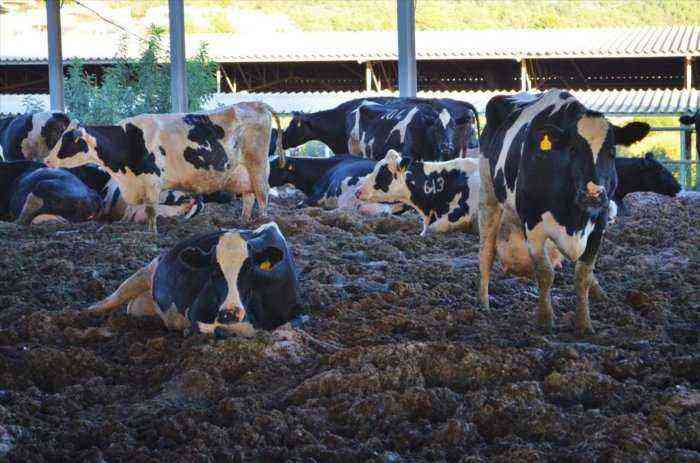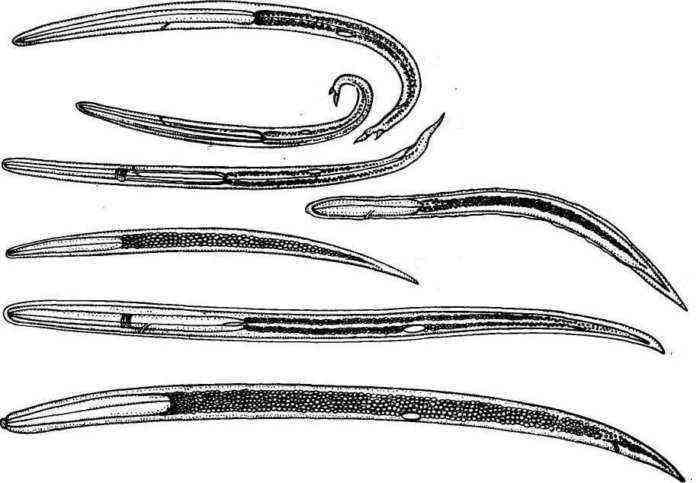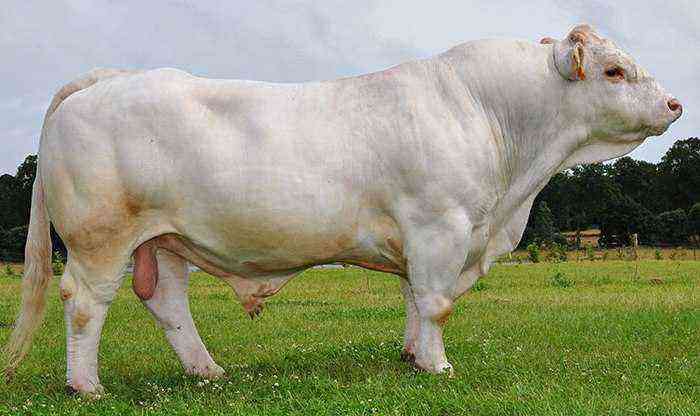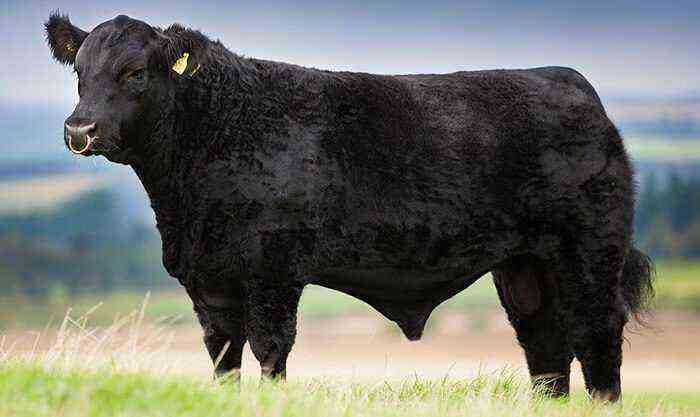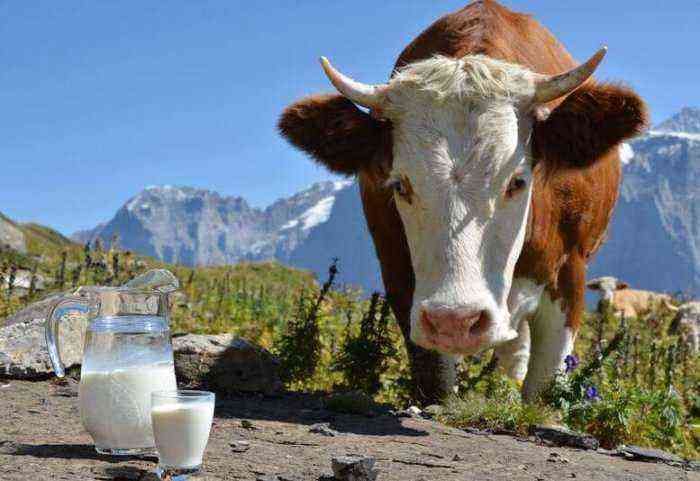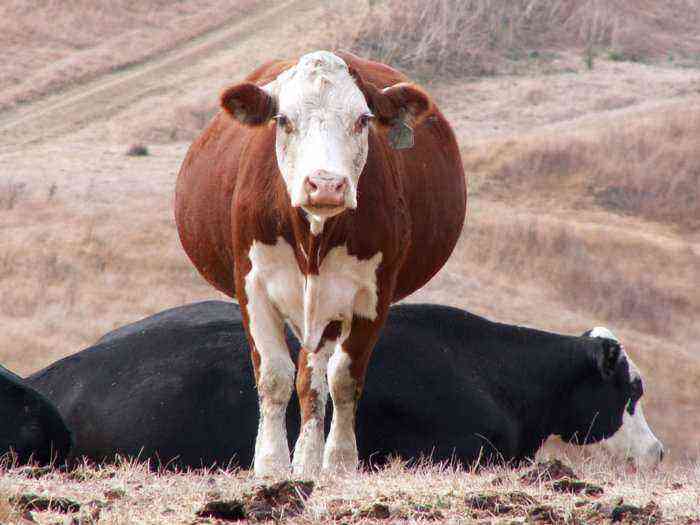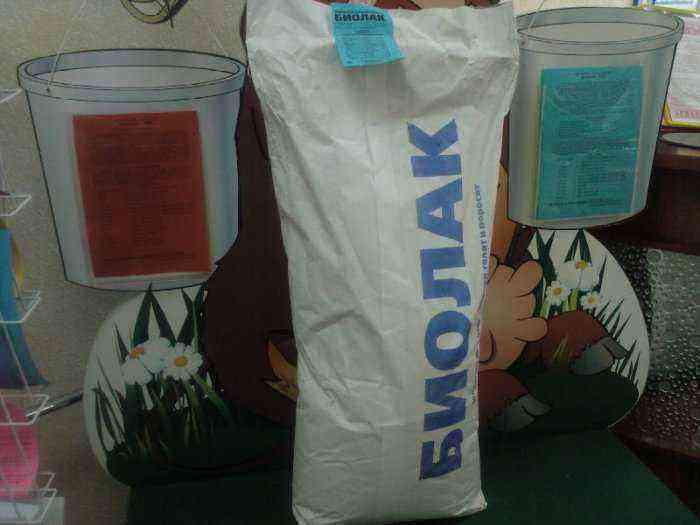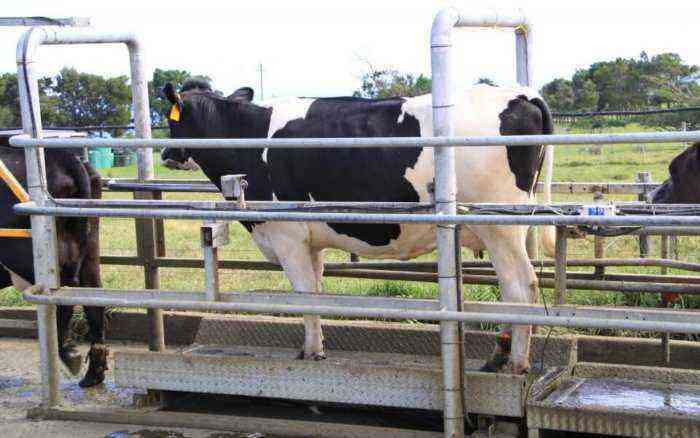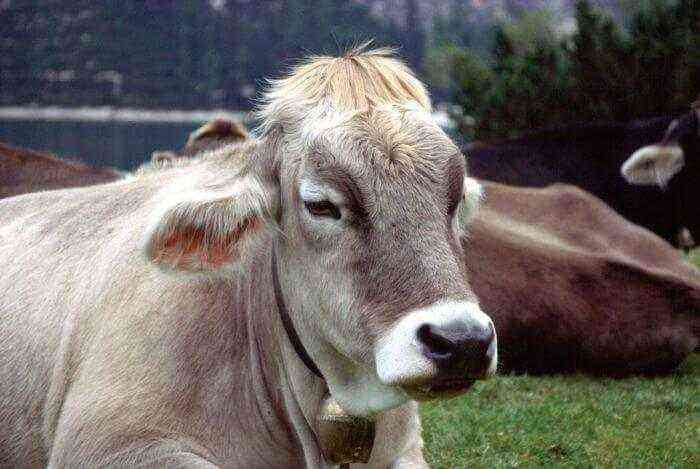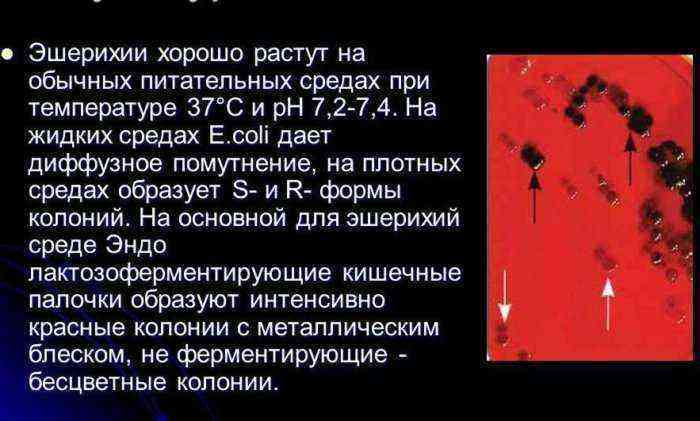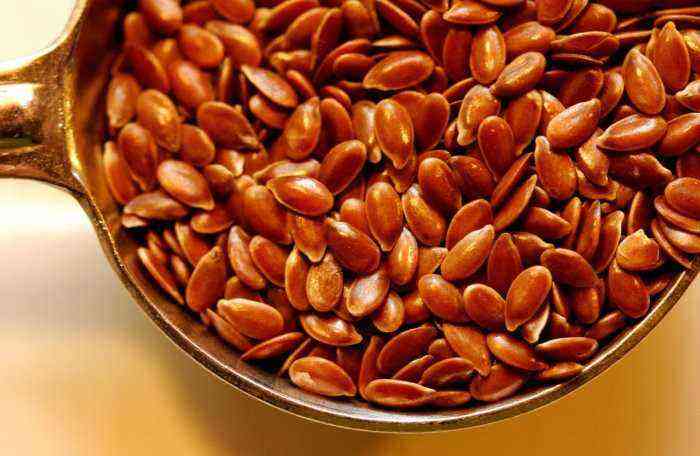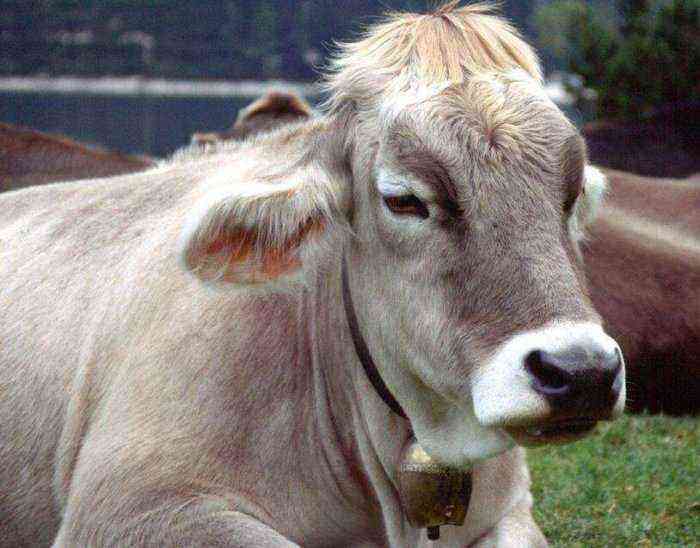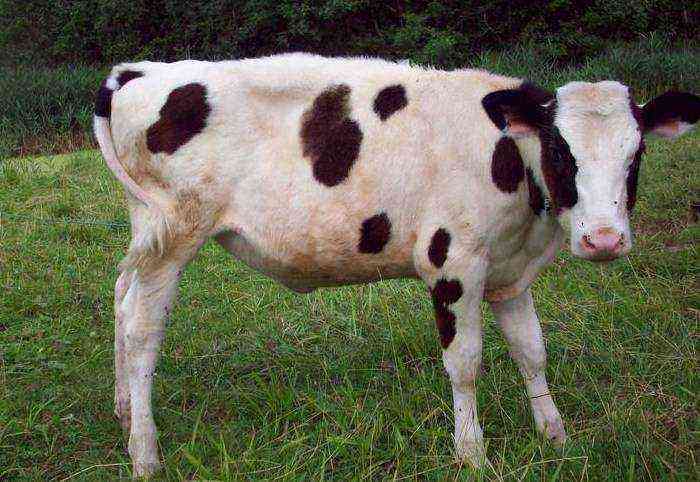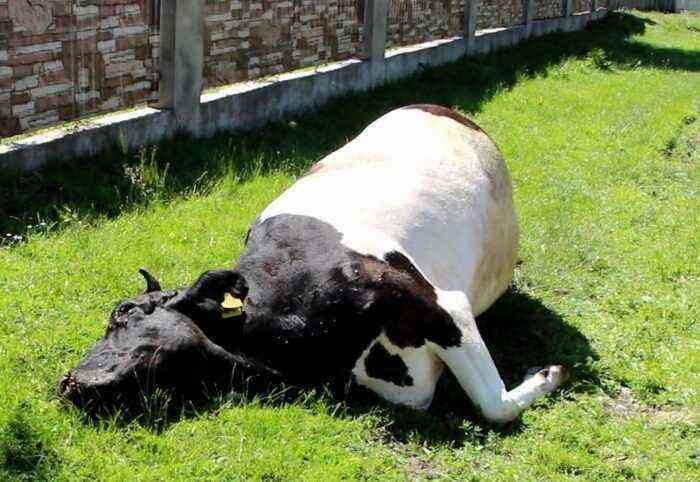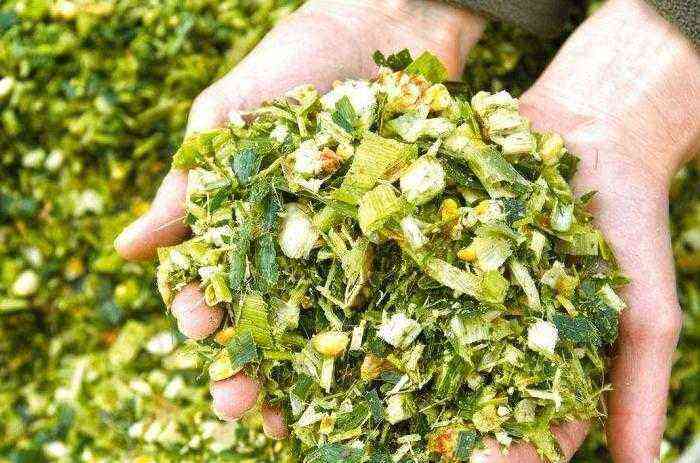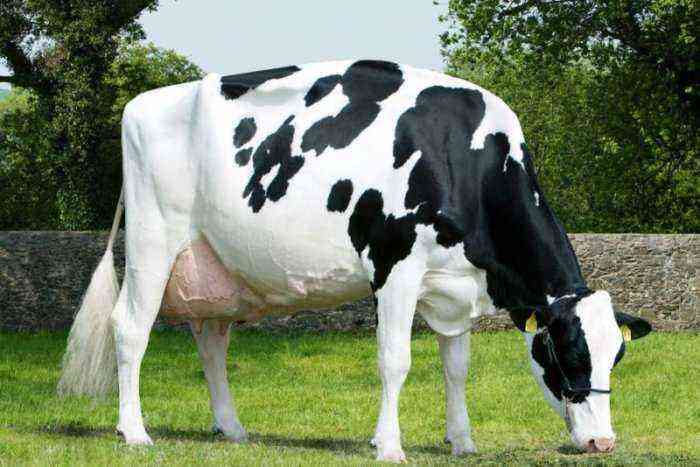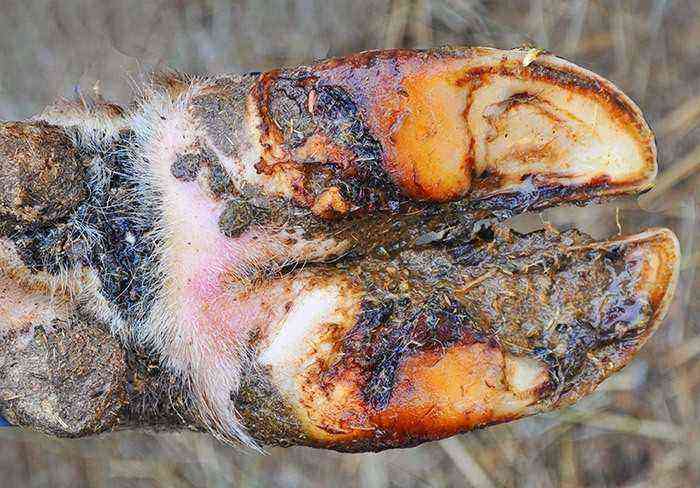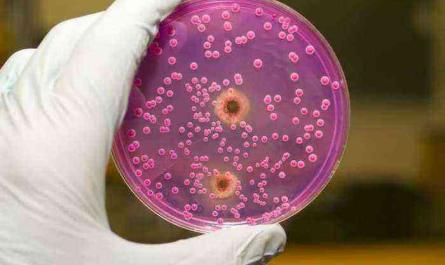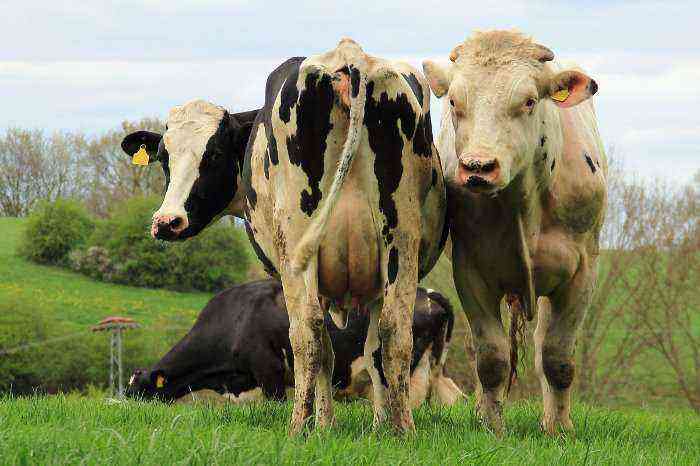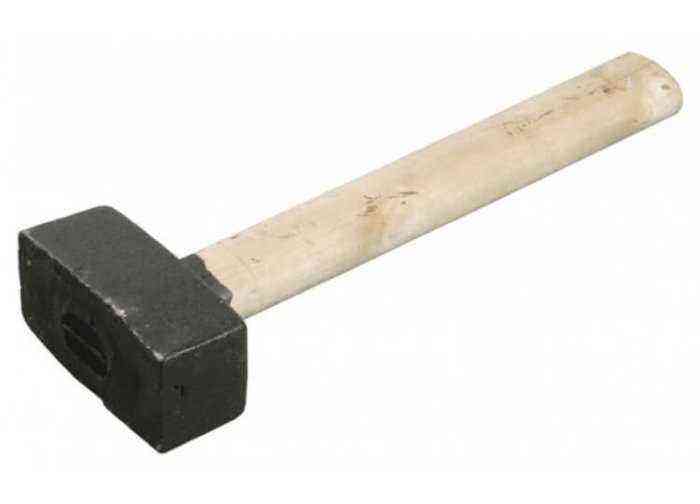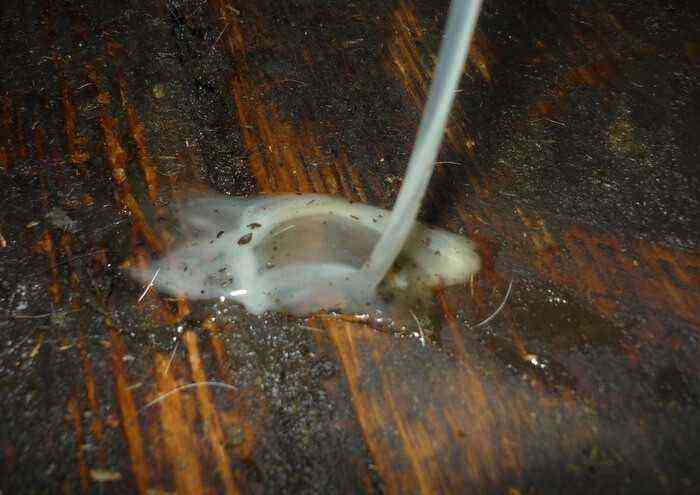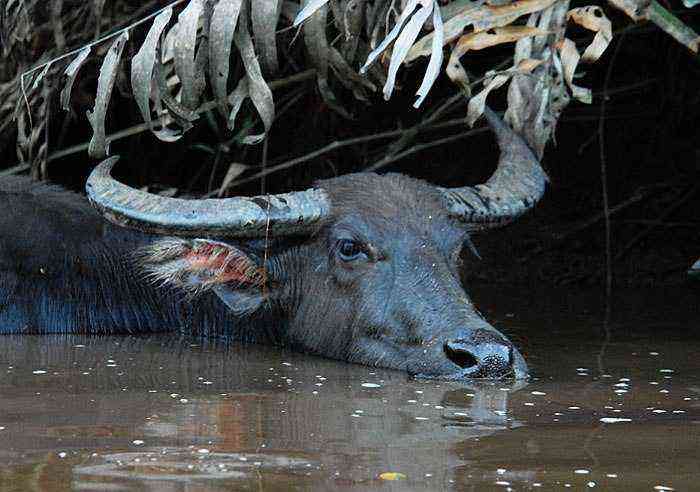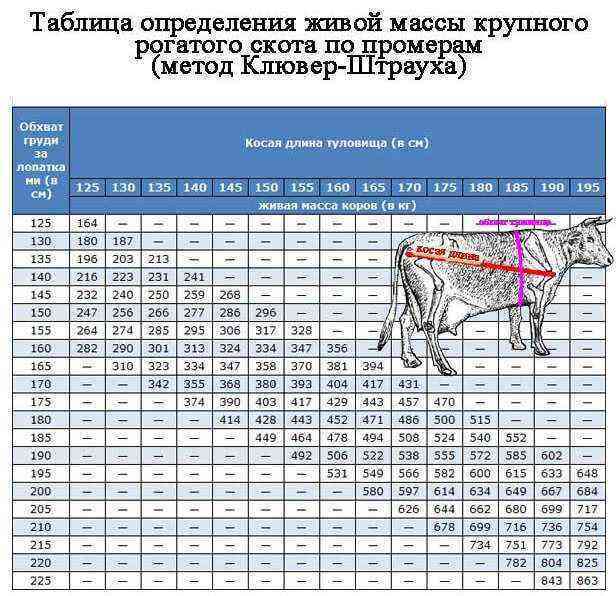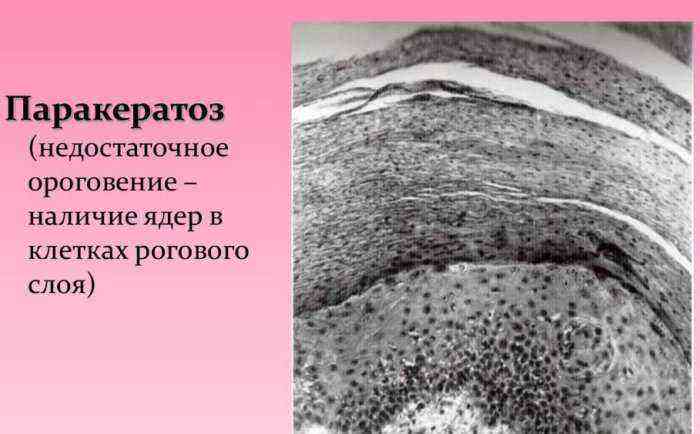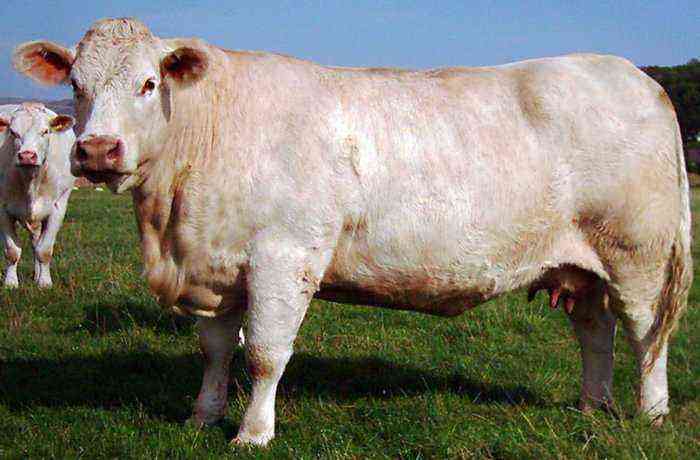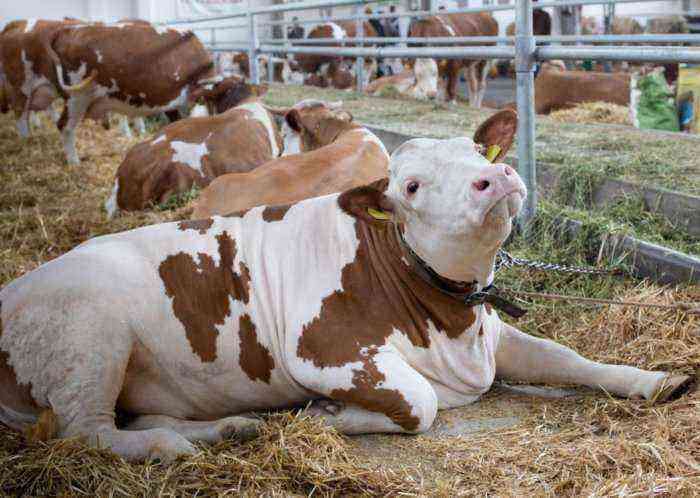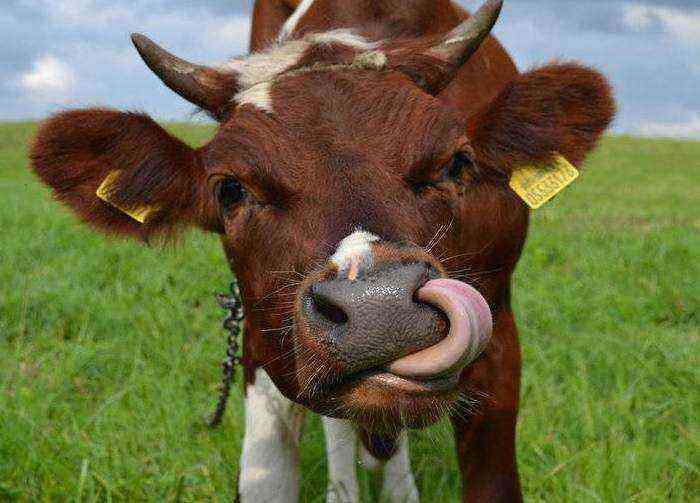More and more photos and videos appear on the Internet, which depict cows with a hole in their side. Many have seen such animals live on large farms and can confirm that this phenomenon is quite real. But at the same time, only a few know why a hole is made in the body of an animal and how this procedure takes place.
Hole in the side of a cow
Why make a hole in the side of the animal
The digestive system of a cow is an order of magnitude more complicated than that of a human. Her stomach for better digestion of food consists of several sections. If the animal does not have health problems, these departments do an excellent job of digesting roughage, food rich in crude fiber, and other components of the diet.
But even in healthy animals, with a sharp change in nutrition, there may be problems with the functioning of the rumen, which plays a major role in digestion. Especially often this happens at the moment of transition of the animal from winter stall to summer grazing. In this case, the stomach chambers can become clogged with accumulated food, which gradually begins to rot. During this process, a large amount of toxic substances and gas are released, causing swelling of the scar. Accordingly, the condition of the animal is deteriorating, and against the background of such a problem, various diseases develop, which, in the absence of effective measures, can even lead to the death of livestock.
Reference. Previously, veterinarians made an incision on the belly of a cow to resolve the issue with accumulated gas masses, through which the gas came out. But it is worth noting that this practice was quite painful for the animal.
That is why it was replaced by the procedure of implanting a special valve in the side – a fistula. Such an education in no way interferes with the livelihoods of livestock, but if a cow has digestive problems, it allows them to be quickly solved. Today, more and more farmers from all over the world are resorting to such a procedure. Moreover, the operation is carried out not only among sick cows, but also among healthy individuals with a preventive purpose.
Additional Benefits of a Fistula
A fistula implanted in a scar is most often used to bleed excess gases that have accumulated in the abdomen. But it is worth noting that this is far from its only function. Such an education on the body of an animal allows you to more effectively solve the following issues:
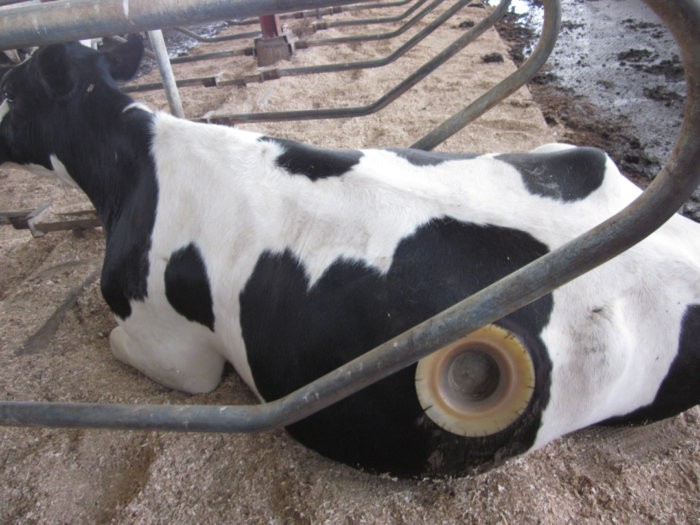
implanted fistula
- Perform surgical operations on neighboring organs. When grazing livestock on dirty littered pastures, there is a high probability of sharp objects getting into the gastrointestinal tract. They can damage the walls of the stomach, lungs, heart, mucous membranes. But constant access to the scar through the fistula allows you to remove such items in a timely manner and make the operation faster and easier.
- Conduct analyses. Veterinarians at any time can select through the valve part of the microflora and the food eaten for laboratory research. This greatly simplifies the intravital diagnosis of many livestock diseases. Moreover, the cow herself does not experience pain or discomfort.
- Introduce nutritional supplements and medicines directly into the stomach. This approach can significantly increase the effectiveness and speed of action of drugs and additives.
In addition, a fistula is also needed when transplanting the microflora of the stomach (transfaunation), which is becoming more and more in demand in industrial cattle breeding. When raising livestock, owners often change diets and experiment with feed. Accordingly, all this affects the state of the intestinal microflora of the cow. Against this background, dysbacteriosis often develops.
To normalize the functioning of the gastrointestinal tract, veterinarians take part of the liquid fraction with microorganisms through the fistula from cows that are specially kept on traditional feeding. Then, within an hour, the resulting substance is transferred through the same valve into the body of an animal with disorders. This allows you to quickly normalize the work of the stomach in cattle and restore its normal productivity.
How is the operation performed
Having figured out why the fistula is implanted into the wall of the animal’s scar, one should also highlight the moment how the procedure for such implantation takes place. The whole process involves a rather complicated way of implementation, which takes a long period. The whole operation is carried out in three stages:
- Preparatory.
- The operation itself.
- Recovery.
Preparatory stage
To install the valve, a specific type of animal is selected, to which the following requirements are imposed:
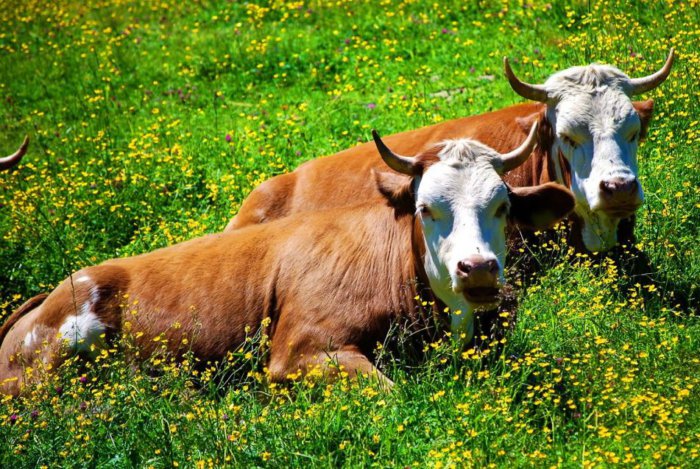
Before installing a fistula, the cow must be healthy
- absence of dangerous infectious diseases;
- no damage to the body;
- moderate fatness;
- age at least 2,5 years.
Attention! The selected animal before the operation is transferred to a starvation diet, which lasts for 12 hours, while not restricting access to water.
Surgical intervention
Before starting the procedure, the animal is firmly fixed in the machine. This is followed by general or local anesthesia. For this, the veterinarian uses the drug Rometar or implements novocaine blockade.
At the intended installation site of the valve, a contour is drawn in accordance with the dimensions of the valve. The diameter of the hole in the scar should be slightly smaller than the valve itself.
The operation is carried out in accordance with the following algorithm:
- The skin is cut off at the site of intervention. The skin is then disinfected and incised.
- The subcutaneous muscles are gently bred to the sides.
- The peritoneum is cut with scissors.
- The walls of the scar are seized, pulled back and sutured to the cut skin, excluding muscle tissue from getting under the stitches.
- Next, an incision is made in the walls of the pancreas. They are also connected to the skin and the walls of the scar.
- The valve (cannula) is carefully heated before installation, which gives it a certain elasticity, and implanted into the scar.
As a rule, a smaller device is taken first, and later it is changed to a full-sized fistula.
Recovery
Immediately after the operation, the cow must be isolated in a separate box. The wound should be wiped daily with disinfectants. Often the incision site is very swollen and festering. To prevent infection, the cow is given antibiotics for the first 5 days. The veterinarian prescribes the drug and dosage individually. Complete healing of the wound, as a rule, occurs one month after the operation.
Thus, the hole in the cow’s rumen allows for more efficient care and treatment of the animal. The established fistula does not cause discomfort to livestock, but greatly simplifies the diagnosis of diseases, surgical interventions and medical procedures.


